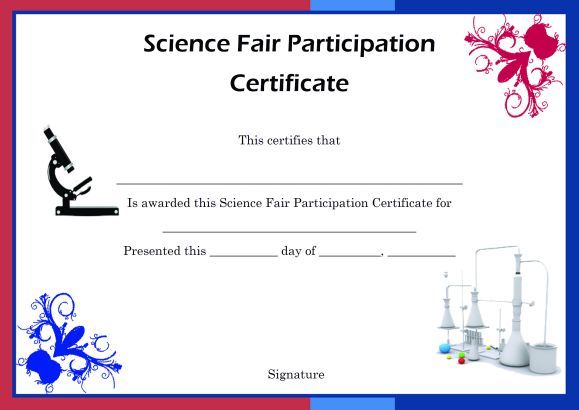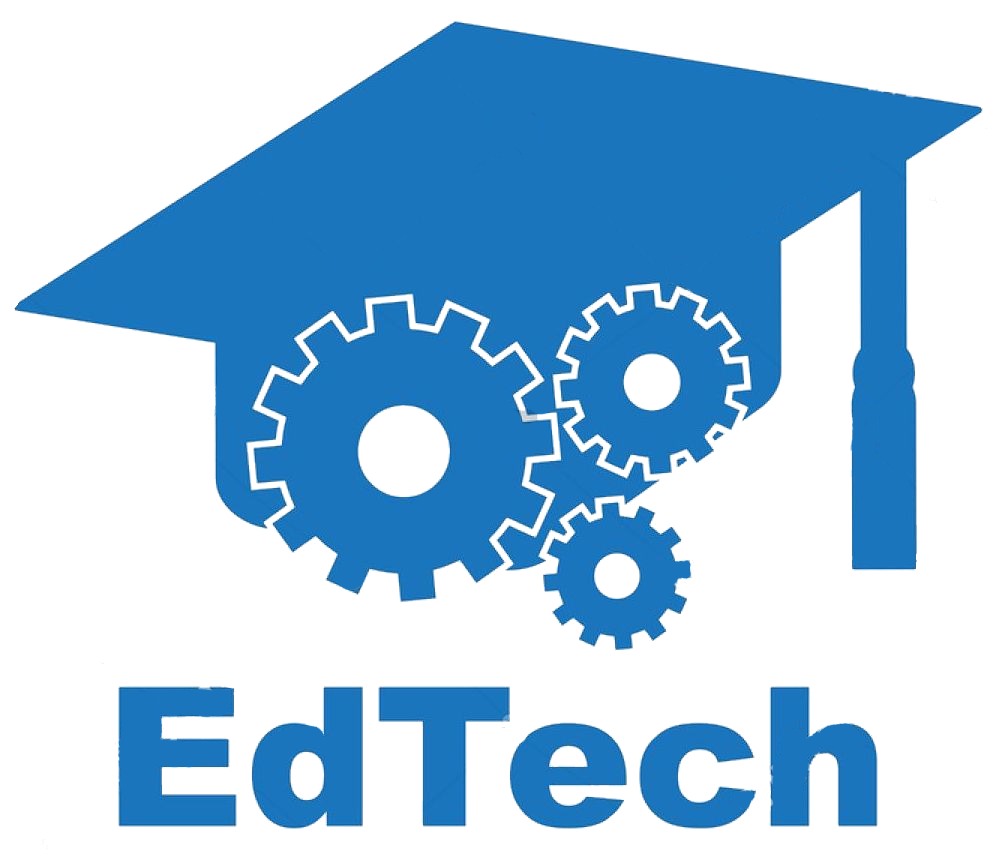NEST methodologies not only play a pivotal role in introducing students to new and innovative ways of teaching but also allow them to develop and further their intellectual capacities. Similarly, such teaching strategies must also be adopted at higher education levels to ensure that the importance of nature, environment, science, and technology are inculcated within young, aspiring minds.

Entering Higher Educational Institutes marks an important phase in every student’s life. During this time, students are beginning to fully rely on their mental acumen and to make mature, long-lasting academic as well as professional decisions. Being at such a crucial point in their lives, it is doubly important that they be taught the dynamics of incorporating nature, environment, science and technology in their academic pursuits.

Activities that can be undertaken as part of NEST Methodologies
- Activities are undertaken for environmental preservation and awareness:

When it comes to nature, students can take part in several outdoor activities to learn more about environmental preservation. They can help plant trees and visit primary-level schools where they can enrich younger minds regarding the need to protect the environment. Such institutes can also organize anti-pollution and cleanliness drives where students are encouraged to gather waste items and to dispose of them properly. Making students aware of the need to recycle is also very important.
2. Activities undertaken for Science and Technology

In the case of science, students can gain hands-on learning by conducting experiments that allow them to observe, plan, and test their hypotheses. In the book “Learning Science: A Singular Plural Perspective,” the author writes.
a. Labs are the door to understanding science and experiments are understanding
All too often teachers find that their students do not learn or come to understand the science in intended ways-leading them to use laboratory tasks only as ancillary activities and frequently to introduce some “fun” into the subject. A central reason for engaging in laboratory tasks is to prepare and see in action phenomena as theorized in science. That is, science teachers frequently ask students to conduct laboratory activities designed to show specific scientific principles in action.
b. Science Exhibition and Competitions & Clubs and Society

The students can take part in science competitions and exhibitions that allow students to display and present their scientific knowledge both within and across institutes. Also, science enthusiasts can join clubs and societies on campus and organize events that help spread awareness and encourage more students to take part in such activities.
c. Incorporating technology in Education

On the technological front, current pedagogical practices can be updated to incorporate technology in education. In the World Bank’s article “Responding to the Twin Challenges: Teachers, Teaching, and Technology,”
It is stated that the use of computers and the Internet can help build an effective learning environment and improve student learning.
In the same article, the emphasis was laid on how technology can help create a learner, knowledge, assessment, and community-centered environment.
d. Internet of things
Computer and Internet programs provide individualized instruction and present content beyond what has traditionally been available to a classroom teacher through textbooks.

They make curricula more exciting by bringing real-world problems into the classroom. They can also help create a self-assessment-centered environment that gives students and teachers more opportunities to receive feedback, reflect, refine their understanding, and build new knowledge. The Internet is especially effective in enabling teachers and students to build local and global communities that include teachers, administrators, students, parents, practicing scientists, and other interested people.
e. Online Educational Resources

The students can benefit from online educational resources and can also create study groups on networking sites to help them in collective studying or working on group projects. Curriculum books may also be accessible online and this may prove highly beneficial for those who are struggling to meet their academic finances.
f. Computer Lab activities
such institutes have well-equipped computer labs where students are taught to possess efficient computer skills ranging from learning Microsoft Office to developing their own blog or website. Students are also encouraged to appear for tests on computers so as to familiarize them with this mode of assessment as well.
Conclusion:
NEST Methodologies has scope in almost all educational level and adopting the spirit of NEST will take the institute to a higher level.
This is where students are learning to become self-reliant to achieve their academic and professional goals. Using such innovative teaching methods will allow students to utilize and enhance their thinking skills to become well-rounded, dynamic individuals. They will learn the need to protect and conserve the environment and to use technology to gain academic excellence. Such individuals can go on to employ these techniques to gain professional success and also to become happier and more responsible citizens of their country.
